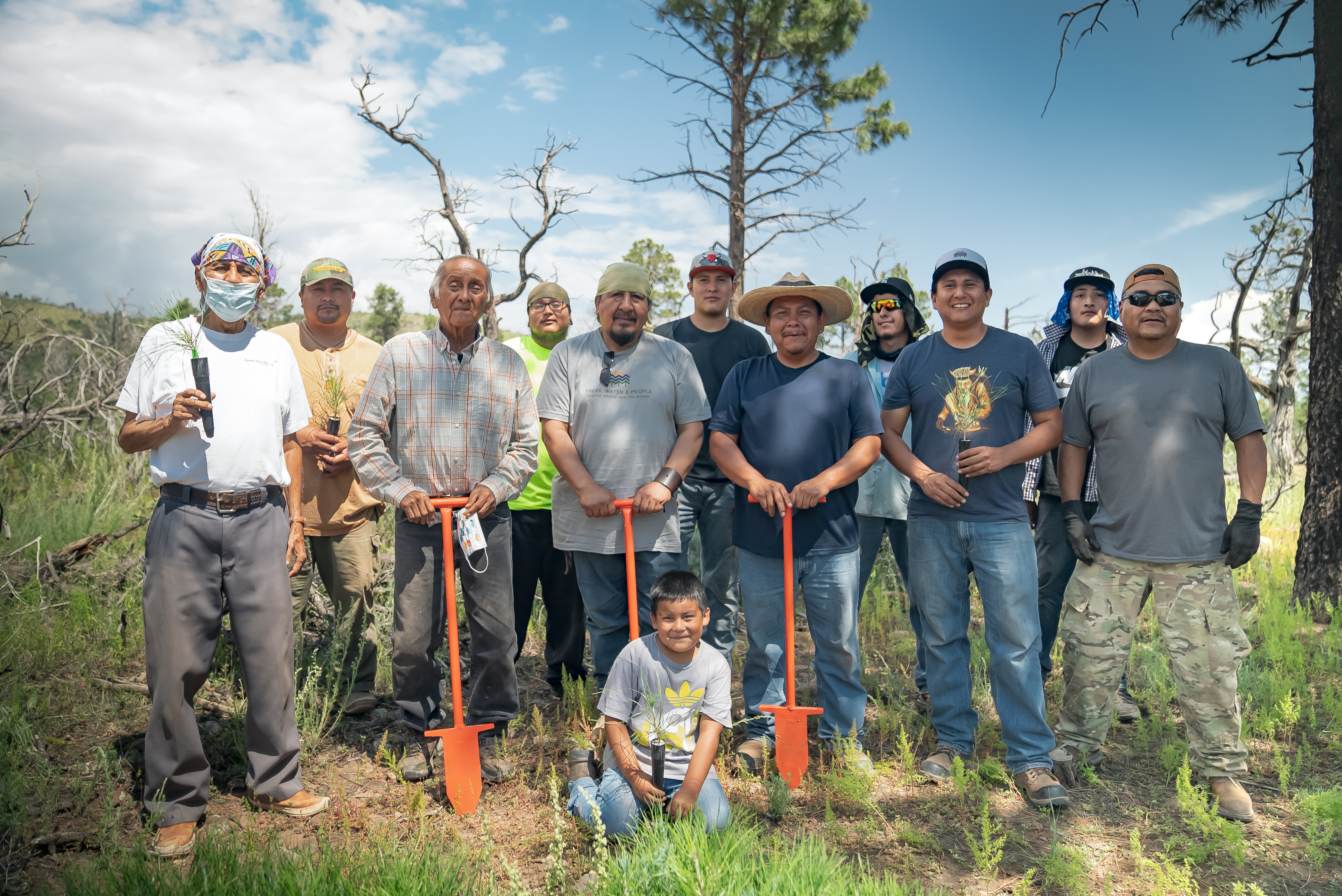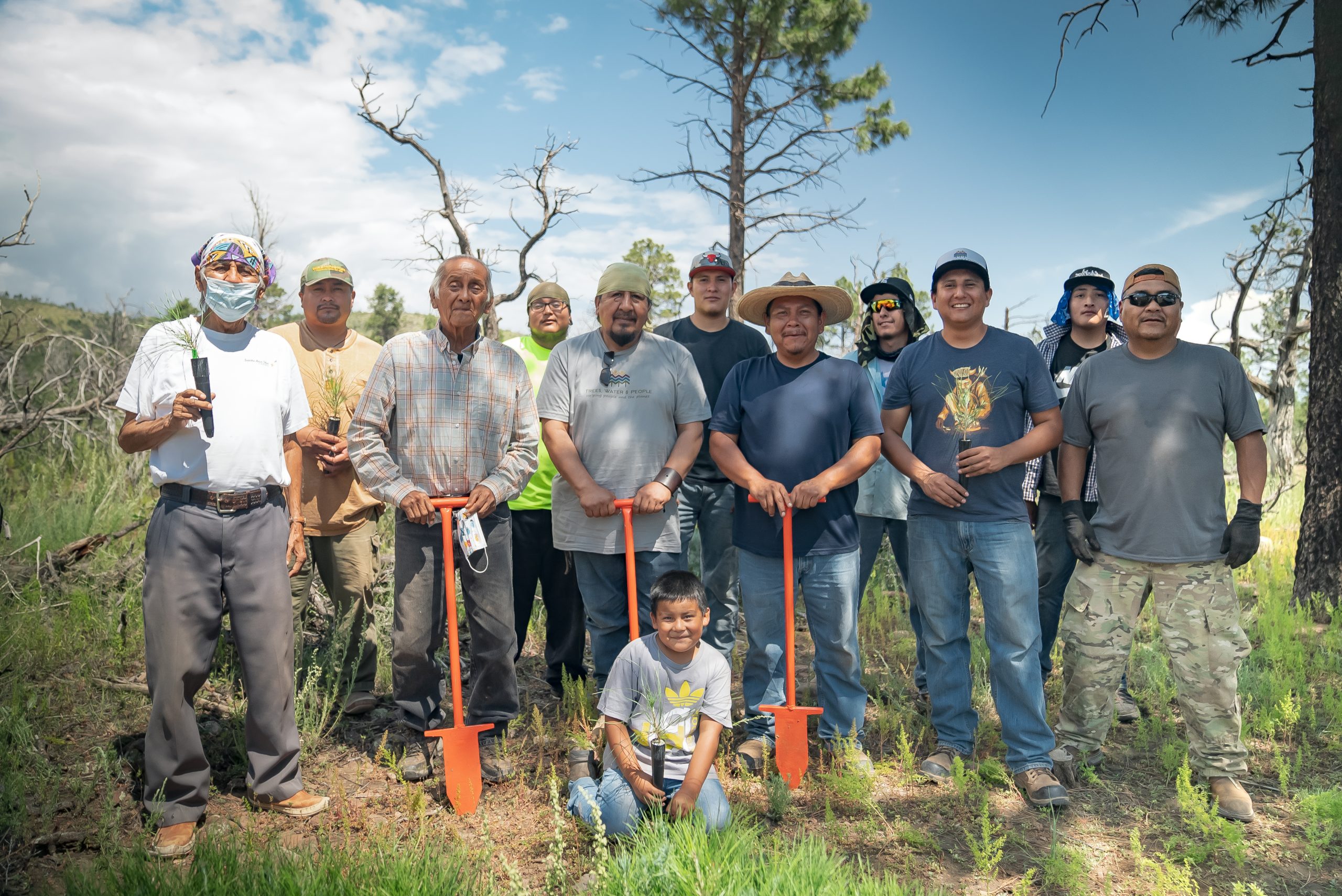
The Overlooked Crisis at Pine Ridge: An Urgent Appeal for Health Equity in Indigenous Communities
As I drove through the expansive, untouched landscapes of South Dakota, shortly after visiting the breathtaking Badlands, a roadside sign captured my attention: “You are now entering the Pine Ridge Indian Reservation.” As a medical student at Geisinger Commonwealth School of Medicine in Scranton, PA, I was unprepared for the stark realities I would encounter—signs of severe poverty, systemic neglect, and a community in deep distress. I couldn’t help but wonder: How had I, along with so many others, remained unaware of Pine Ridge?
A Legacy of Trauma
The Pine Ridge Reservation was created in 1889—not as a refuge, but as Camp 334, essentially a detention center for Indigenous peoples following coercive relocation efforts. It gained tragic notoriety after the Wounded Knee Massacre in 1890, when over 300 Lakota lives were lost at the hands of the U.S. Army.
Currently, Pine Ridge is home to around 18,850 members of the Oglala Lakota Nation, dispersed across 2.1 million acres. The 2020 U.S. Census Bureau indicates that at least half of its residents exist below the poverty threshold, with some estimates forecasting poverty rates as high as 80%. Two of the five poorest regions in the nation—Allen and Wounded Knee—are found within Pine Ridge. Oglala Lakota County, which encompasses a significant portion of the reservation, boasts the lowest per capita income in the country at merely $8,768.
A Health Emergency Lurking in Plain Sight
The extent of hardship in Pine Ridge is starkly highlighted by the community’s health metrics:
- Life expectancy stands at just 66.81 years—the lowest recorded in the U.S.
- Tuberculosis rates are eight times higher than the national average.
- Teenage suicide rates exceed the national average by 1.5 times.
- Diabetes is found to be eight times more prevalent here than in other parts of the country.
- Approximately 85% of families grapple with alcoholism.
- Cervical cancer rates are five times the national average.
Together with the severe poverty, these health statistics create a devastating narrative that calls for immediate action.
Healthcare Access: Limited and Insufficient
As I navigated through Pine Ridge, it became glaringly evident how restricted healthcare access is. Only three main healthcare facilities serve the entire reservation:
- Pine Ridge Service Unit (45 beds, 16 doctors for over 17,000 residents)
- Kyle Health Center (14 providers)
- Wanblee Health Center (42 employees, mainly dependent on erratic federal funding)
In 2017, the Pine Ridge Service Unit lost its Medicare eligibility due to quality issues, resulting in tragic outcomes—with illnesses misdiagnosed, leading to avoidable amputations and fatalities.
The shortage of physicians, a chronic issue in rural America, is particularly acute in places like Pine Ridge. Medical professionals typically cluster in urban areas and affluent suburbs, leaving rural and reservation populations underrepresented.
Infrastructure, Trust, and Transportation Challenges
The difficulties faced in Pine Ridge extend beyond underfunded medical clinics. The vastness of the reservation complicates access to care. Public transportation is scarce, and many families lack reliable vehicles, making it nearly unfeasible for residents to reach essential primary or specialty care.
Moreover, historical injustices have fostered a pervasive distrust in medical institutions. Numerous Indigenous individuals are reluctant to seek treatment due to past mistreatment by government and healthcare systems.
Mental Health: An Overlooked Crisis
Pine Ridge is contending with a mental health crisis that is closely linked to generational trauma, poverty, and systemic marginalization. Conditions such as PTSD, depression, and substance abuse are widespread, yet the reservation suffers from a lack of adequate mental health resources and professionals. Although there are suicide prevention and mental health outreach initiatives, they are severely underfunded and overstretched.
Creating Sustainable Solutions: The Importance of Medical Education and Policy
My visit to Pine Ridge reinforced the urgent need for initiatives like the Abigail Scholars program at GCSOM, which provides tuition assistance in return for a commitment to practicing rural healthcare. Similar programs nationwide, such as the University of Washington’s Indian Health Pathway (IHP) or the Targeted Rural Underserved Track (TRUST), aim to bridge the healthcare gap, yet there is an urgent demand for expanded initiatives.
To effect real change:
- Medical schools must incorporate Native health disparities into their educational programs.
- Clinical rotations should broaden to encompass care environments in reservations and rural communities.
- Federal funds ought to back tuition reimbursement, loan forgiveness, or competitive compensation for healthcare providers willing to serve in underserved Native populations.
Encouraging early involvement in and investment in Native healthcare careers could attract providers to areas in desperate need.
Lasting Change Demands a Cooperative Effort
Sustainable transformation will only be achieved through collaboration among tribal leaders,
